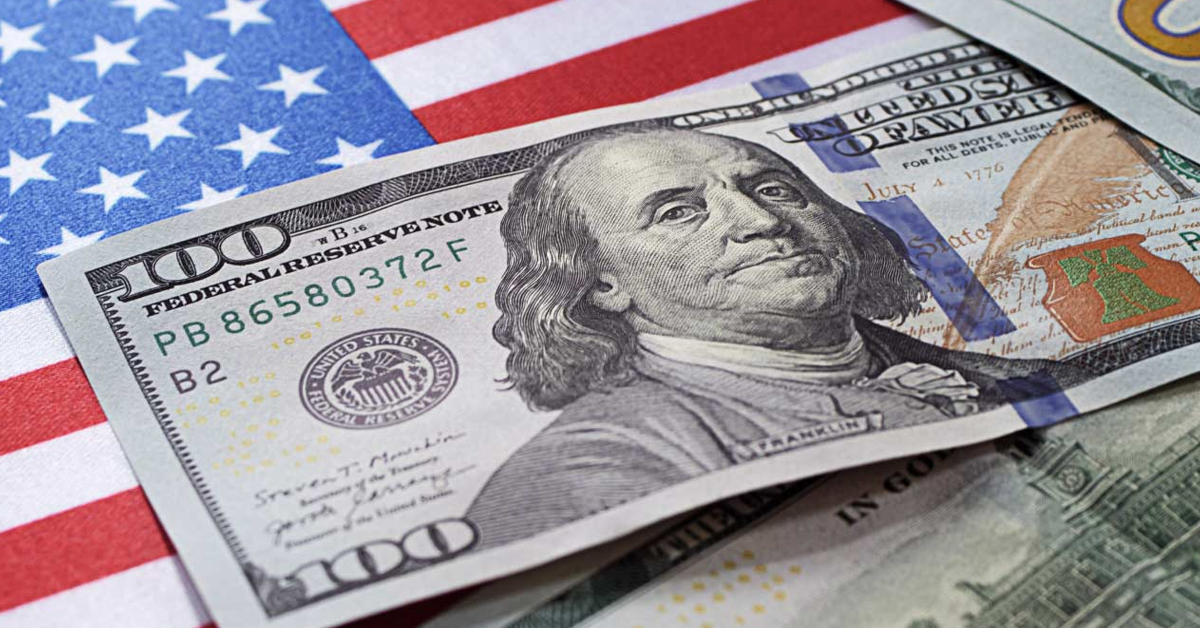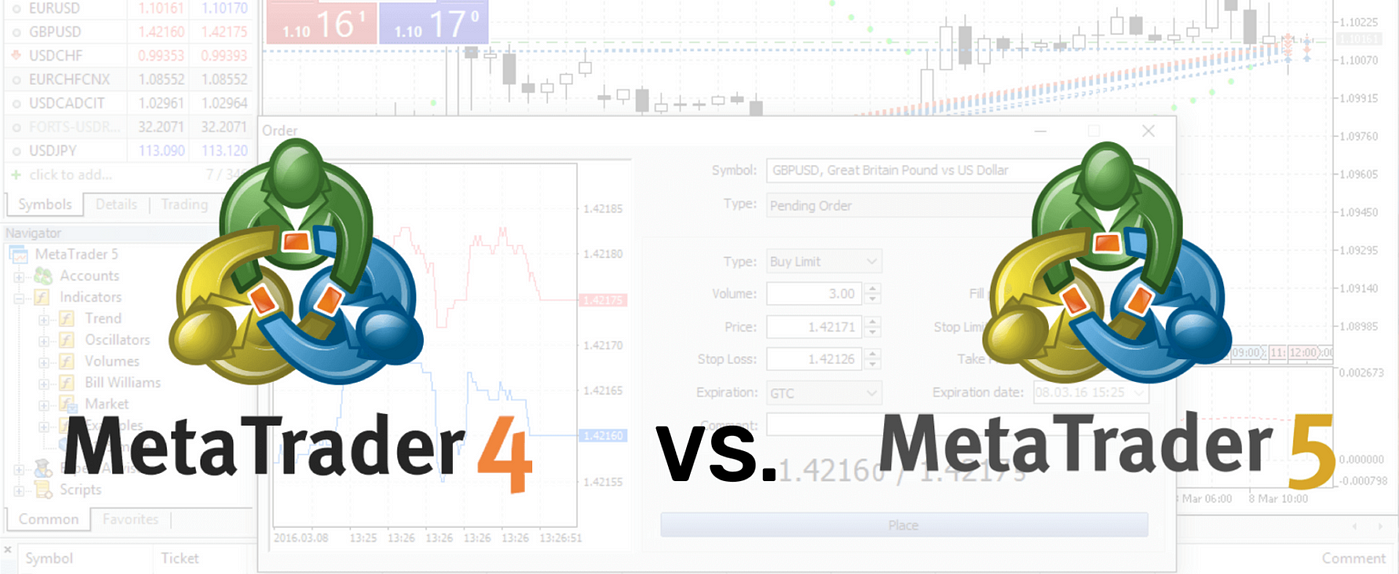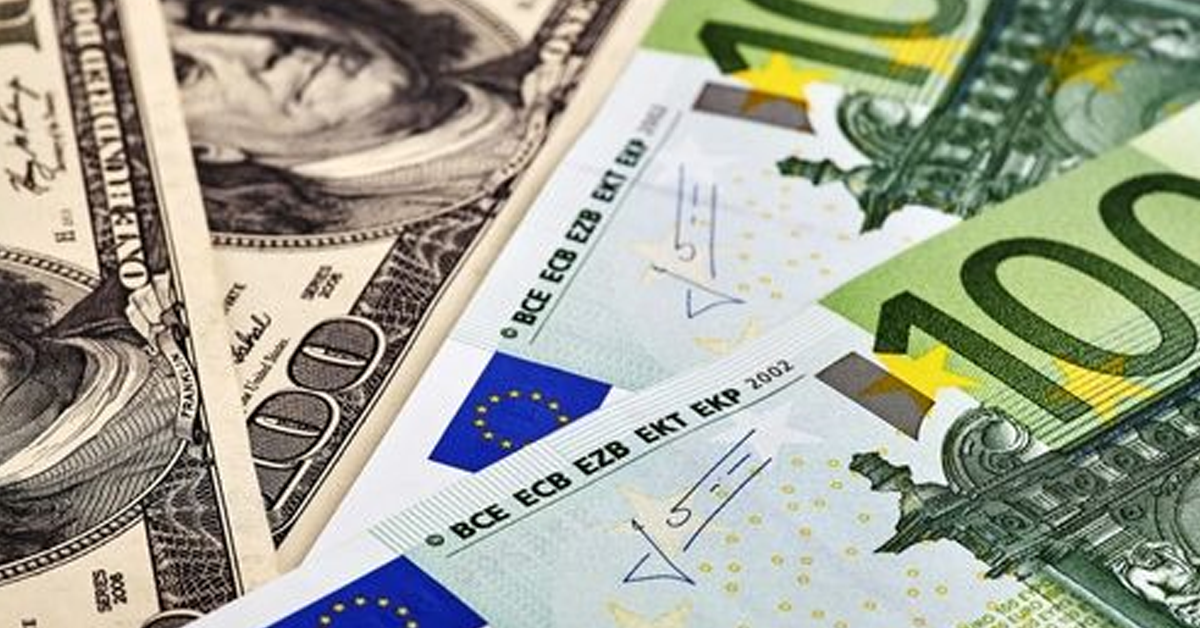Australian Dollar Firm on Improved Risk Appetite, Weak US Dollar
The Australian Dollar (AUD) extended its gains for the second consecutive session on Monday, buoyed by a weaker US Dollar (USD). However, these gains were somewhat tempered following an interest rate decision from China. The People’s Bank of China (PBOC) decided to keep the one-year and five-year Loan Prime Rates (LPR) steady at 3.45% and 3.95%, respectively.
Despite the initial support from a weaker USD, the Australian Dollar faces challenges ahead. One significant factor is the yield on Australia’s 10-year government bond, which is hovering around 4.2%, its lowest level in a month. This decline in bond yields comes after a softer domestic jobs report for the first quarter. Slowing wage growth has led markets to discount the likelihood of any imminent interest rate hikes by the Reserve Bank of Australia (RBA). Australia’s Wage Price Index (QoQ) increased by 0.8% in the first quarter, falling short of the market’s forecast of a 0.9% rise. This quarter’s increase is the smallest since late 2022, reflecting subdued wage growth and potential economic headwinds.
The situation is further complicated by the cautious stance of the US Federal Reserve (Fed) regarding inflation and the potential for rate cuts in 2024. On Friday, Federal Reserve Board of Governors member Michelle Bowman highlighted concerns about inflation progress, noting that the decline observed in the latter half of last year was temporary and that there has been no further significant progress on inflation this year. This cautious outlook from the Fed suggests that any expectations for rapid rate cuts in 2024 may need to be tempered.
Overall, the Australian Dollar’s recent performance has been influenced by a mix of external and domestic factors. The weaker USD provided initial support, but the PBOC’s decision to hold rates steady and the declining yield on Australian government bonds have introduced challenges. Additionally, the softer domestic jobs report and slowing wage growth have reduced the likelihood of near-term rate hikes by the RBA, which could weigh on the AUD going forward.
In this complex economic environment, the AUD/USD pair’s future movements will be closely watched by investors. Market participants will need to consider a range of factors, including domestic economic data, central bank policy decisions, and broader global economic trends. The interplay between these elements will be crucial in determining the Australian Dollar’s trajectory in the coming months.











